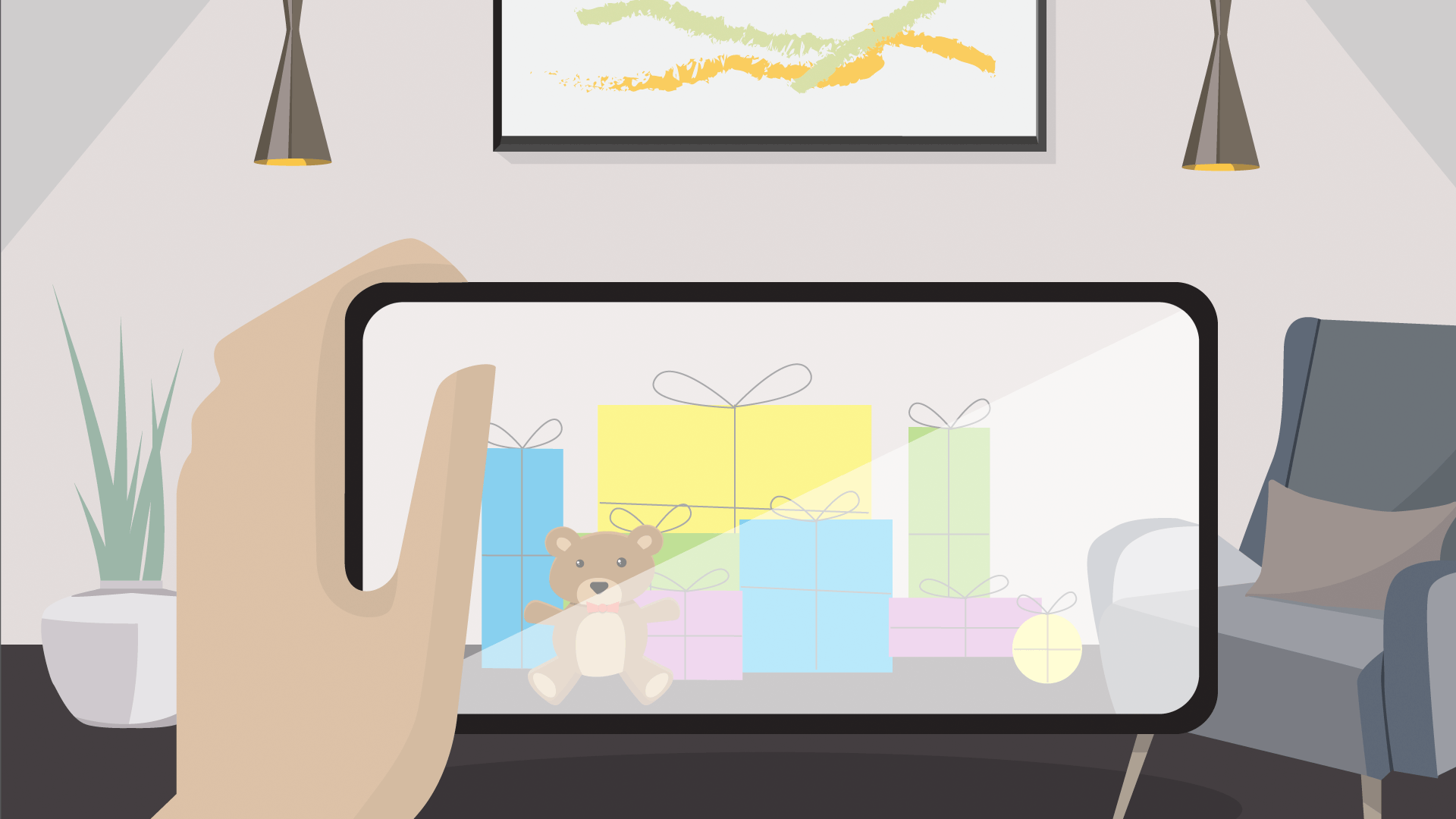- November 22, 2019
- By Karen Johnson
Holiday shopping has always required some imagination and a bit of guesswork. These days, retailers are turning to augmented reality to help consumers eliminate some of that guesswork.
Companies across consumer sectors are rolling out augmented reality (AR) experiences that offer appealing, practical ways to use your smartphone to superimpose images of products you’re interested in—a table or a jacket, for instance—in the real-world location (or on the person) where it would go if you ponied up the cash.
Until very recently, this seemed like a futuristic pipe dream, said UMD marketing Professor Jie Zhang. And both in-store and online AR technologies are drawing positive reviews from consumers.
The technology has been steadily improving, driving up interest for in-app and in-store use, said Zhang, the Harvey Sanders Fellow of Retail Management at the Robert H. Smith School of Business.
“The core audience of mobile-commerce activities has been younger and tech-savvy consumers, who are particularly receptive to technological innovations,” Zhang said. “AR apps allow them to virtualize the look and feel of merchandise which they could not physically inspect, and thus substantially enhance the confidence in their purchase decisions.”
Want to see how those cool new shoes will look on you or someone you love? Lacoste, Converse, Nike and Gucci all have AR technology that can help you visualize the footwear before you buy it. For clothes, Gap and American Apparel, among others, offer similar apps.
Wondering how a comfy armchair will look in your sister’s new apartment? Apps from Anthropologie, Magnolia Market and Ikea can help you do that.
Even buying makeup for someone else has become easier with AR execution from L’Oreal Paris and Sephora.
Retailers are also using gamification in the apps, piquing the shopper's interest and building loyalty toward the retailers offering them, Zhang said, while learning more about how consumers shop.
“A key limitation of retailing via digital channels is the lack of opportunity for a shopper to touch and feel products before placing orders,” she said. “AR apps are an effective way to reduce this limitation. If done well, AR apps can help a retailer attract and retain more consumers and generate higher spending from them.”
If that makes you wonder what might be next, Zhang has the answer. Over the next five years she anticipates further integration of artificial intelligence, mobile technology, AR and virtual reality tools, as well as sensory devices that incorporate the senses of touch and smell, along with audio and visual effects.
